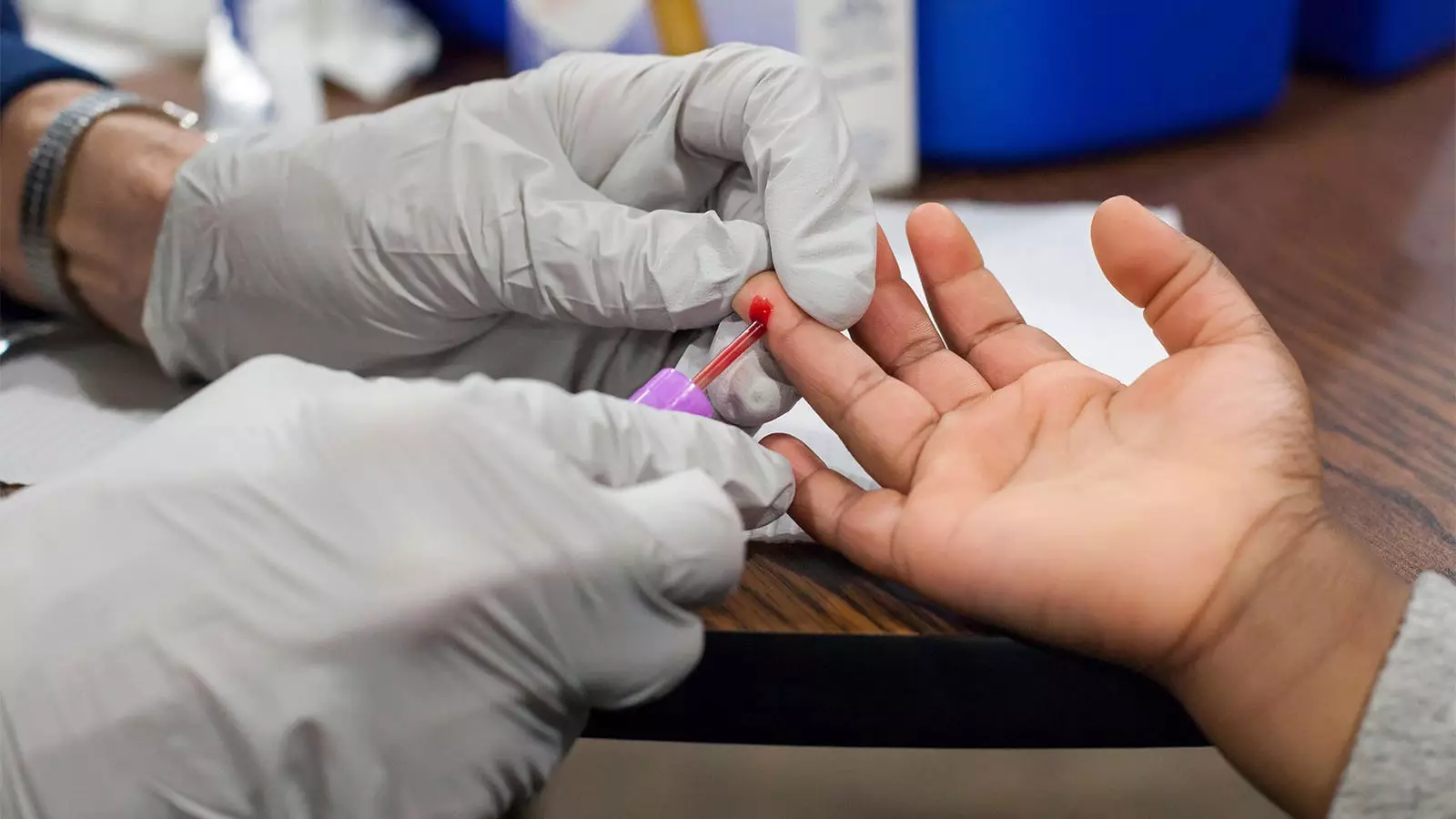Recent warnings about the presence of lead in recalled applesauce packets have raised concerns among pediatricians. While it is still uncertain whether children exposed to these packets have suffered from acute lead poisoning, experts emphasize the importance of taking these warnings seriously. High blood lead levels in young children can lead to clinical diseases, particularly when levels reach 20 micrograms per deciliter (mcg/dL) or higher.
Potential Consequences of Elevated Lead Levels
Dr. Morri Markowitz, a renowned expert in lead poisoning prevention and treatment, explains that blood lead levels above 45 mcg/dL often require hospitalization for young children. Severe consequences, including death, can occur when blood lead levels reach 100 mcg/dL. Although the cases of lead exposure in relation to cinnamon-containing applesauce packets have shown blood lead levels ranging from 4 to 29 mcg/dL, levels as low as 3.5 mcg/dL are already considered elevated for children. While the amount of lead in the blood may not accurately predict the accumulation of lead in the brain or bones, early lead absorption can still have potentially lasting consequences such as cognitive function decline and changes in the brain.
Reports of high blood lead levels in children were initially flagged to the FDA by officials in North Carolina. Local health departments and providers work together to identify children with elevated lead levels and assess potential exposures in their homes. According to state law, all blood lead test results for children under the age of 6 are reported to the North Carolina Department of Health and Human Services. If a child under 6 has two consecutive blood lead test results of at least 5 mcg/dL, they are considered to have an elevated lead level and are eligible for a home investigation by environmental health staff to identify the source of the lead hazard.
Lead contamination is not limited to paint or water but can also be found in spices, ceremonial powders, and alternative medicines. A study authored by Kim Angelon-Gaetz, PhD, and colleagues emphasizes this issue, indicating that non-paint hazards may contain lead. To address these concerns, the North Carolina Department of Health and Human Services utilizes a spice and food data collection form to enhance surveillance efforts and provide the FDA with necessary information to issue public health advisories promptly.
The Importance of Regular Lead Testing for Children
The recent incidents involving lead-contaminated applesauce packets also serve as a reminder for parents and caregivers to have their children tested for lead during well-child visits. Lead poisoning symptoms may not always be apparent or easy to identify, especially in the early stages. Testing at the age of 1 and again at the age of 2 is essential, as hand-to-mouth behavior is at its highest during these stages of childhood development.
Despite these alarming cases, many questions remain unanswered. The ultimate source of lead in the recalled food items is still unclear, highlighting the need for further investigation and diligent monitoring by regulatory agencies.
The potential dangers of lead contamination in applesauce packets cannot be ignored. The risks of elevated blood lead levels in children are significant and can have long-lasting consequences. It is essential for pediatricians, parents, and caregivers to be aware of these risks and take appropriate measures to ensure the safety and well-being of children. Regular lead testing, as well as thorough investigations into potential lead sources, are crucial for mitigating the dangers posed by lead contamination in food products.


Leave a Reply